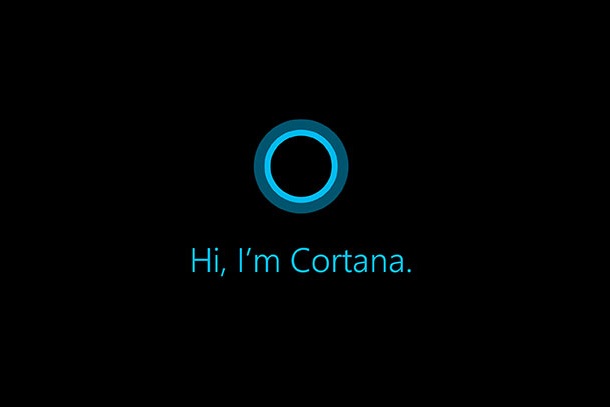Google Now and Siri will play a more central role in how consumers interact with their smartphones, with a new report predicting a fifth of all user interactions will be through virtual personal assistants by 2019.
Gartner polled smartphone users across the United Kingdom, United States and China. Almost a third (32 percent) of UK residents used a VPA on their smart device during the past three months, compared to 42 percent in the United States.
Across the UK and United States, more than 37 percent of respondents used a VPA at least once a day.
Siri was the most popular, with 54 percent of UK and US respondents using it during the last quarter. Google Now was second, used by 41 percent of UK respondents and 48 percent of US.
Jessica Ekholm, Research Director at Gartner, said: “VPAs’ usage is bound to accelerate as they add many new features, including integration for business services, further language support and appear across more devices.”
The researchers predicted that VPA’s services will evolve from the likes of setting an alarm or finding information to completing transactions based on contextual information.
They added that voice is not the only interface, highlighting the ability within Facebook Messenger to make purchases, speak to customer services or order Uber taxis in app.
The report noted how China is the most mature market and having a knock-on effect on traditional apps. It said the likes of Microsoft integrating its Cortana VPA into Skype allows it to make hotel of flight bookings.
Annette Zimmermann, Research Vice President at Gartner, said: “We expect AI, machine learning and VPAs to be one of the major strategic battlegrounds from 2017 onwards, and make many mobile apps fade and become subservants of VPAs.”
Gartner predicted zero-touch UIs will be available on two billion devices and Internet of Things endpoints by 2020.
Zimmermann added: “Interactions will move away from touchscreens and will increasingly make use of voice, ambient technology, biometrics, movement and gestures. In this situation, apps using contextual information will become a crucial factor in user acceptance, as a voice-driven system’s usability increases dramatically according to how much it knows about the user’s surrounding environment. This is where device vendors’ assets or partnerships in VPAs, natural language processing (NLP) and deep machine learning experts will matter.”


